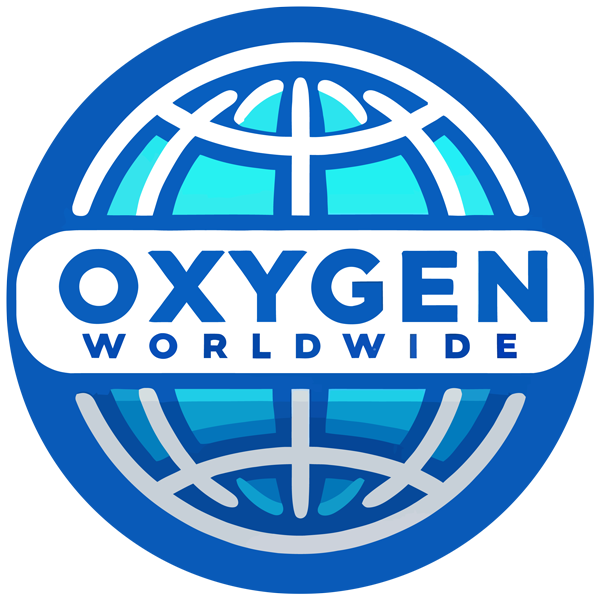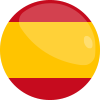Where does oxygen actually come from? For those needing the use of a portable oxygen concentrator, liquid oxygen or cylinders understanding this can help to make some decisions on what type of oxygen therapy you may want or need.
Portable Oxygen Concentrators
Portable oxygen concentrators (POCs) have revolutionised oxygen therapy, allowing users to produce their own medical-grade oxygen anywhere, anytime on the go. But how do they work?
1. POCs draw in ambient air, which is about 21% oxygen.
- The air passes through filters to remove dust, bacteria and other particles.
- The cleaned air is compressed.
- Using a molecular sieve bed of zeolite crystals, the POC absorbs nitrogen from the air.
- The remaining oxygen (now about 90-95% pure) is delivered to the user.
POCs are energy-efficient and eliminate the need for oxygen refills, making them ideal for active users and travellers.
Liquid Oxygen
Liquid oxygen (LOX) is oxygen that has been cooled to -183°C (-297°F), turning it into a liquid form. Here’s how it’s used:
- Ambient air is cooled and compressed in a cryogenic air separation unit.
- The cooled air is separated into its components, including oxygen, nitrogen and argon.
- The liquid oxygen is stored in specially insulated containers.
- When needed, the liquid oxygen is warmed and converted back to gas for use.
Liquid oxygen systems can store large amounts of oxygen in a compact space, making them suitable for users with high oxygen needs.
Oxygen Cylinders
Oxygen cylinders contain compressed oxygen. The production process involves:
- Ambient air is compressed to high pressures.
- The compressed air is cooled to remove moisture.
- Impurities are removed through various filtration processes.
- The air is separated into its components using either:
– Cryogenic distillation (similar to liquid oxygen production)
– Pressure swing adsorption (PSA), which uses molecular sieves to separate oxygen from other gasses
- The purified oxygen is compressed into cylinders for storage and transport.
Oxygen cylinders are widely used in both medical facilities and home care settings due to their reliability and simplicity.
Choosing the Right Oxygen Supply for You
Each method of oxygen production has its advantages:
– Portable Oxygen Concentrators: Ideal for active lifestyles and travel
– Liquid Oxygen: Best for high-flow oxygen needs and home use
– Oxygen Cylinders: Suitable for both continuous flow and pulse dose delivery
By understanding the science behind your oxygen supply, you can better appreciate the technology that helps you breathe easier every day.




